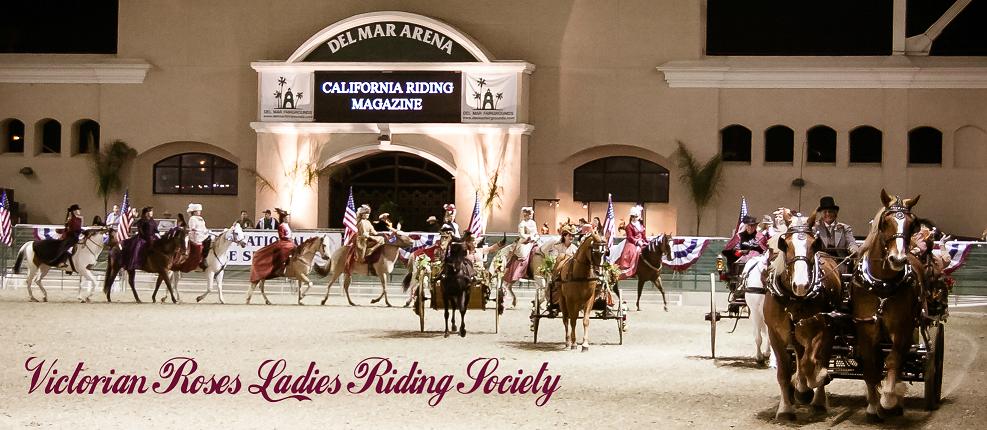clothing patterns to sew at home. Clothing manufacturers were the first sewing machine customers, and used them to produce the first ready-to-wear clothing and shoes. This will be discussed in part two of this blog post.
BRIEF HISTORY
 Sewing machines in some form were invented in the late 1700s, consisting of an arm with a strong needle that could be punched through leather and cranked by hand or by treadle. Variations of this machine were designed to aid the manufacture of various leather goods, including saddles and bridles, and was used for sewing ship sails. The first widely used sewing machine was invented by Barthelemy Thimonnier,
a French tailor, in 1829. His machine sewed straight seams using a chain
stitch. In 1830, he opened the first machine-based clothing manufacturing
company in the world, to create army uniforms for the French Army.
Sewing machines in some form were invented in the late 1700s, consisting of an arm with a strong needle that could be punched through leather and cranked by hand or by treadle. Variations of this machine were designed to aid the manufacture of various leather goods, including saddles and bridles, and was used for sewing ship sails. The first widely used sewing machine was invented by Barthelemy Thimonnier,
a French tailor, in 1829. His machine sewed straight seams using a chain
stitch. In 1830, he opened the first machine-based clothing manufacturing
company in the world, to create army uniforms for the French Army.
In the 1860s consumers began purchasing sewing machines, and they became very common in middle-class homes. Owners were much more likely to spend free time with their machines to make and mend clothing for their families than to visit friends, and women's magazines and household guides such as Mrs. Beeton's offered dress patterns and instructions. A sewing machine could produce a man's shirt in about one hour, compared to 14 1/2 hours by hand. Wikipedia
Manufacturers like Singer hired women to demonstrate the machines in store windows and at fairs, pictured women prominently in their advertising, manufactured toy sewing machines for girls, and offered sewing machines at half price to ministers’ wives, who they knew would make the machines available to charity sewing circles. Women quickly mastered them, and by 1900 almost every middle-class home had a sewing machine. (1)
THE PATTERNS
By the mid 1800s, "Women’s magazines were gaining in popularity and many of them printed patterns. But these early patterns and illustrations were printed on small magazine pages and were difficult to use. By the 1850s, Godey’s Lady’s Book, printed full-sized paper patterns, but in one size, with no scale measurements for enlarging; the reader still had to size the patterns to her own figure. Eventually, foldout patterns, printed in full scale, were issued as periodical supplements in The World of Fashions – and other magazines soon followed suit.
Some magazines were limited in space, so the "complete pattern" pieces were put all on one page - on top of one another. Imagine tracing each individual pattern piece from this page, and then try and size it up to fit you!
A corset pattern below, and right, an 1879 Dinner Bodice.
 Thank goodness for individual pattern packages.
Thank goodness for individual pattern packages.Ebenezer Butterick developed the mass-produced, tissue paper pattern, sized according to a proportional grading system. Butterick and his family cut and folded each pattern and began mass-producing ladies dress patterns, and sold 6 million clothing patterns by 1871. A few years later, James McCall began developing clothing patterns. It was now possible to create a well-fitted, stylish dress using these mass-produced paper patterns."(2)
In 1873, Butterick's "The Delineator" magazine served as a marketing tool for Butterick patterns and discussed fashion and fabrics, including advice for home sewers.
Pattern Catalogues were circulated by mail, by passing along to family and friends, and even borrowed from lending libraries. Once the patterns were ordered and mailed to you, they were shared as well. There were several pattern companies who put catalogues together, such as Butterick and McCall (which are still being produced today). Sewing machine companies would offer patterns in their catalogues, to purchase along with their machines. There were small company catalogues you could order from, such as Demorest Fashions.
If you were not an experienced sewer, catalogues also sold booklets on how to tailor and fit your newly purchased patterns. These guides were essential to the home sewer.
In 1878, This catalogue of patterns showed drawings of the completed garment, and women everywhere poured over them for the latest fashion. You could order complete patterns for 20-60 cents.
This 1875 catalogue by the Domestic Sewing Machine Company called Paper Fashions, says "Orders by mail will receive special attention."
Autumn 1886 Butterick Catalogue



 Haven't fabric shopped yet? This could also be done by catalogue. If
your local stores did not carry dress goods, they would most likely have
books of fabric swatches for you to look through. Pick your favorite
and order directly from the catalogue.
Haven't fabric shopped yet? This could also be done by catalogue. If
your local stores did not carry dress goods, they would most likely have
books of fabric swatches for you to look through. Pick your favorite
and order directly from the catalogue.
Part Two, Ready Made Clothing, will be posted soon!
(1) https://millmuseum.org/sewing-revolution/
(2) https://journal.alabamachanin.com/2016/05/history-of-patternmaking/
Submitted by Shenandoah Rose
















